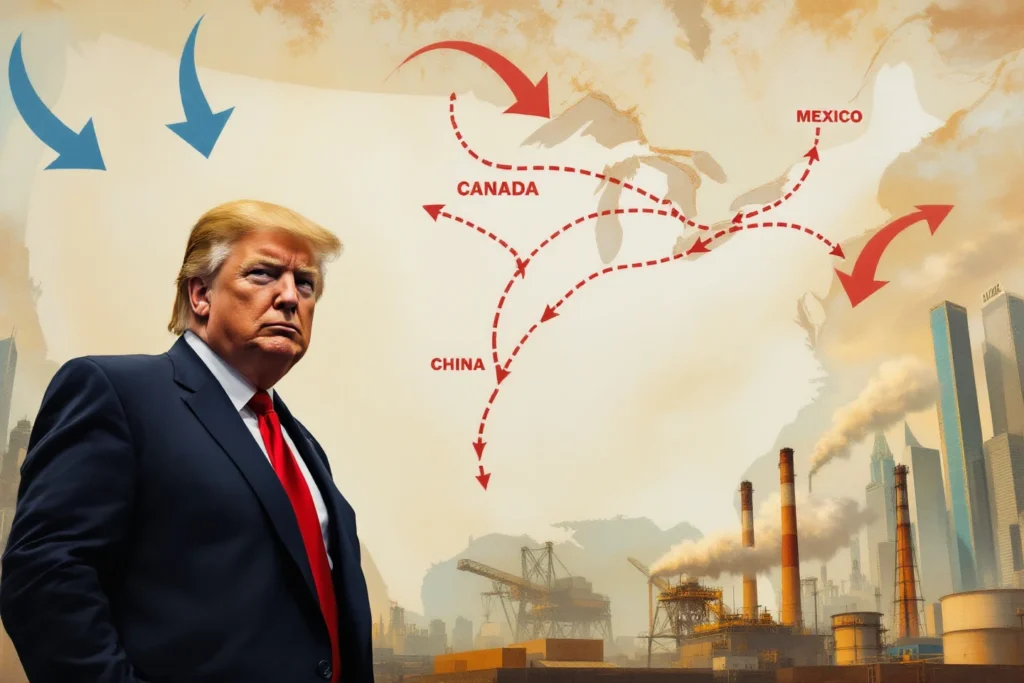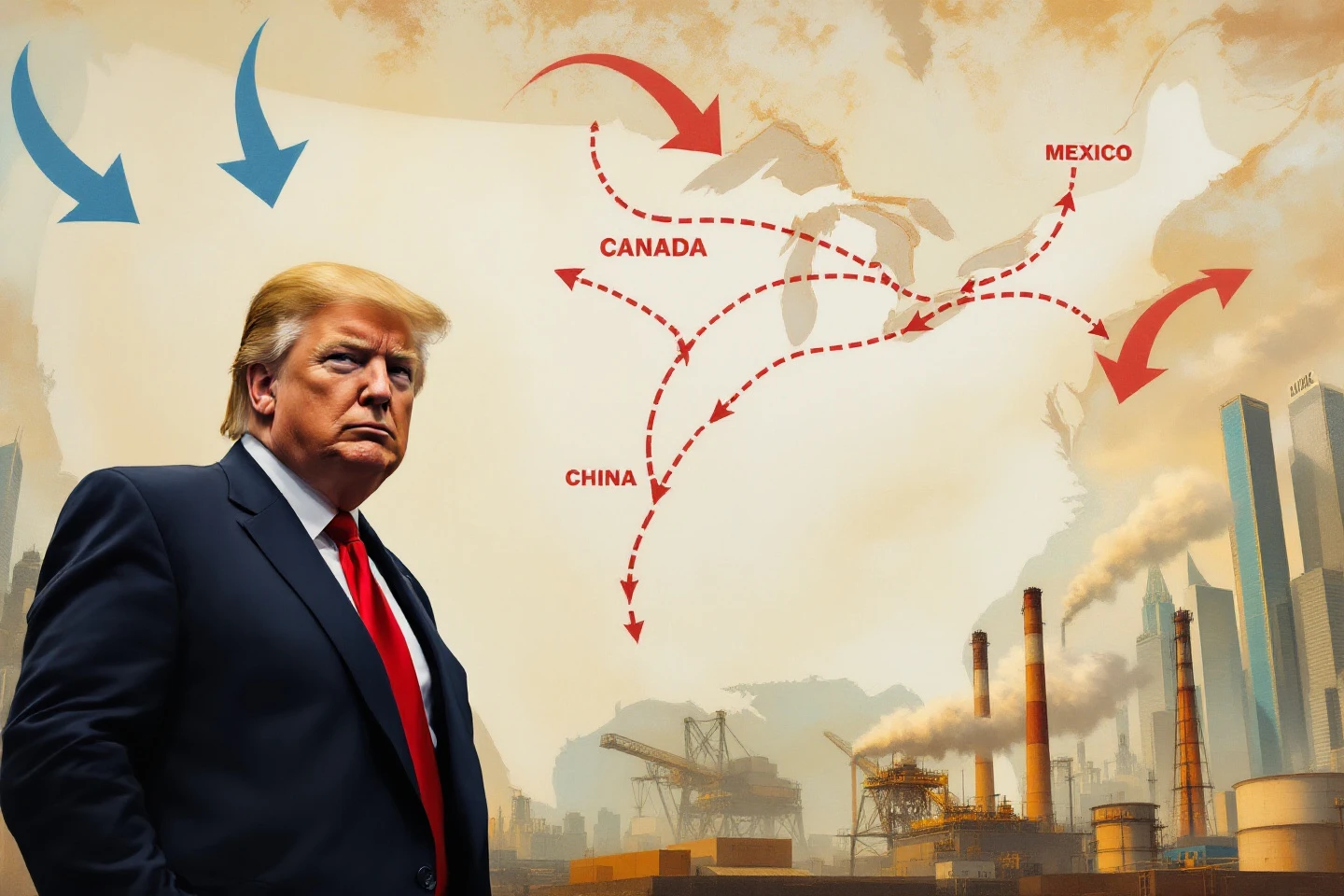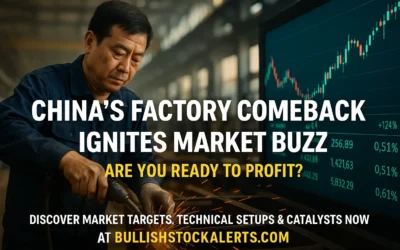President Donald Trump’s “America First” tariffs were sold as a ticket to revive U.S. manufacturing and lure foreign capital. However, halfway through his second term, the flood of foreign direct investment (FDI) remains a mirage. Economic uncertainty, global retaliation, and supply chain chaos have left Rust Belt states—and the nation—waiting for the promised boom.

The Tariff Vision: Factories, Jobs, and “Economic Liberation”
Trump’s strategy banks on steep tariffs—10% on most imports, up to 145% on Chinese goods—to coax companies into U.S. soil. The White House touts early wins:
- Honda and Stellantis shifted some manufacturing to the U.S.
- The April 2025 “Liberation Day” executive order slapped reciprocal tariffs, eyeing a Rust Belt renaissance. Learn more about **Trump’s trade policies** (/trump-trade-policies).
- CFIUS reforms fast-tracked “friendly” investments while blocking Chinese funds in sensitive sectors.
Paired with deregulation and tax cuts, these moves were meant to make the U.S. a magnet for FDI. Yet, the numbers paint a bleaker picture.
The Harsh Reality: Trade Chaos Stifles Growth
1. Jobs Vanish, Not Grow
- Auto manufacturing jobs fell 4.7% (March–April 2025) after 25% tariffs hit foreign vehicles and parts.
- Year-over-year, auto employment dropped 20.8%, despite corporate pledges. Explore the state of **U.S. manufacturing jobs** (/us-manufacturing-jobs).
[Insert Chart: Decline in U.S. Auto Manufacturing Jobs in 2025]
Caption: A chart showing the 4.7% drop in auto jobs from March to April 2025 and a 20.8% year-over-year decline.
Alt Text: Chart showing decline in U.S. auto manufacturing jobs in 2025.
2. Global Pushback Bites Back
- China, the EU, and Canada retaliated with tariffs on U.S. agriculture and aerospace exports.
- Scrapping the de minimis rule (duty-free imports under $800) disrupted e-commerce giants like Temu and Shein.
3. Supply Chain Gridlock
- USMCA-compliant automakers enjoy exemptions, but others (e.g., BMW) face 25% tariffs on Mexican/Canadian parts, raising costs.
- Customs delays, like April 2025’s technical glitch, add compliance woes. Read about **global supply chain challenges** (/global-supply-chain-issues).
4. Investors Hit Pause
- Deloitte projects 2025 investment growth at just 3.7%, down from 2024, as firms crave stability.
- North Carolina’s Commerce Secretary Lee Lilley compared the situation to “driving in fog.” Dive into **FDI trends** (/foreign-direct-investment-trends).
Why Tariffs Are Falling Flat?
Trump’s tariffs aimed high but stumbled on execution. For example, uncertainty and global competition have deterred investors. Here’s why:
- Uncertainty: Rapid policy shifts make planning a gamble.
- Global Rivals: Nations like Vietnam offer tariff-free deals, stealing factories.
- State Disparities: Successes (e.g., Tesla in Texas, TVA in Tennessee) stem from infrastructure, not trade policy.
Case Studies: A Patchwork of Outcomes
- Ohio/Michigan: Auto job promises haven’t materialized; layoffs loom.
- North Carolina: Cautious optimism persists, but FDI remains sluggish.
- Texas/Tennessee: Energy and tech drive gains, not tariffs. Check out **state-level economic growth** (/state-economic-growth).
Can Trump Turn the Tide?
To spark FDI, the administration could:
- Stabilize tariff policies to give investors clarity.
- Sweeten the deal with tax breaks for foreign manufacturers.
- Ease trade tensions with allies, like the UK’s partial exemptions.
However, risks loom large:
- A 2019 NBER study showed Trump’s earlier tariffs spiked costs without denting the trade deficit. Read the full study.
- Critics like Sen. Pat Toomey warn high tariffs hurt U.S. competitiveness. See his comments on Reuters.
The Bottom Line: A Manufacturing Dream Deferred
Trump’s tariffs have shaken global trade, but the FDI boom remains out of reach. Therefore, without clearer policies and smarter incentives, the U.S. manufacturing renaissance will stay stuck in neutral. The clock is ticking—can Trump deliver before the fog of uncertainty chokes his vision?









0 Comments